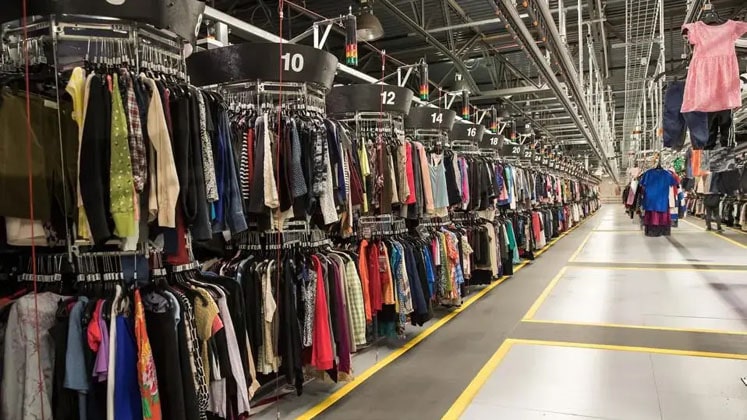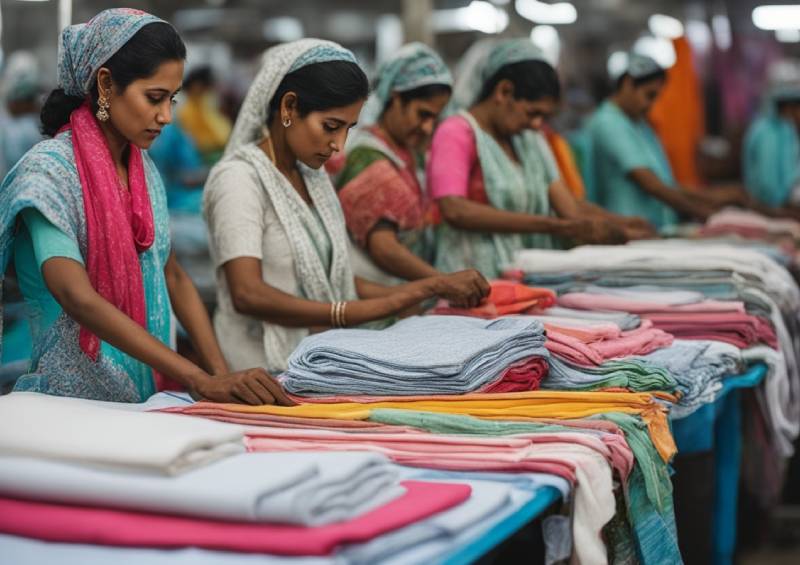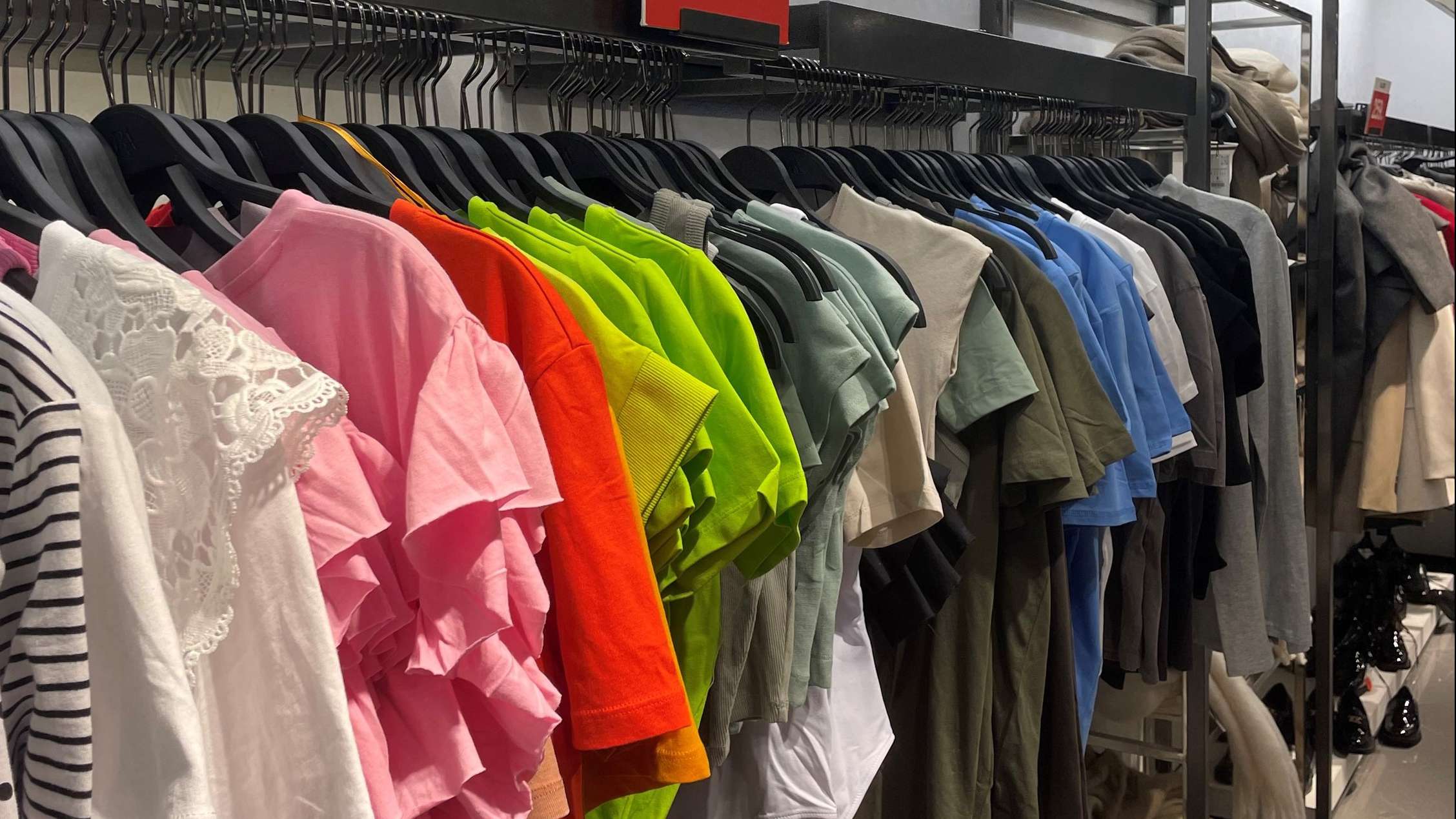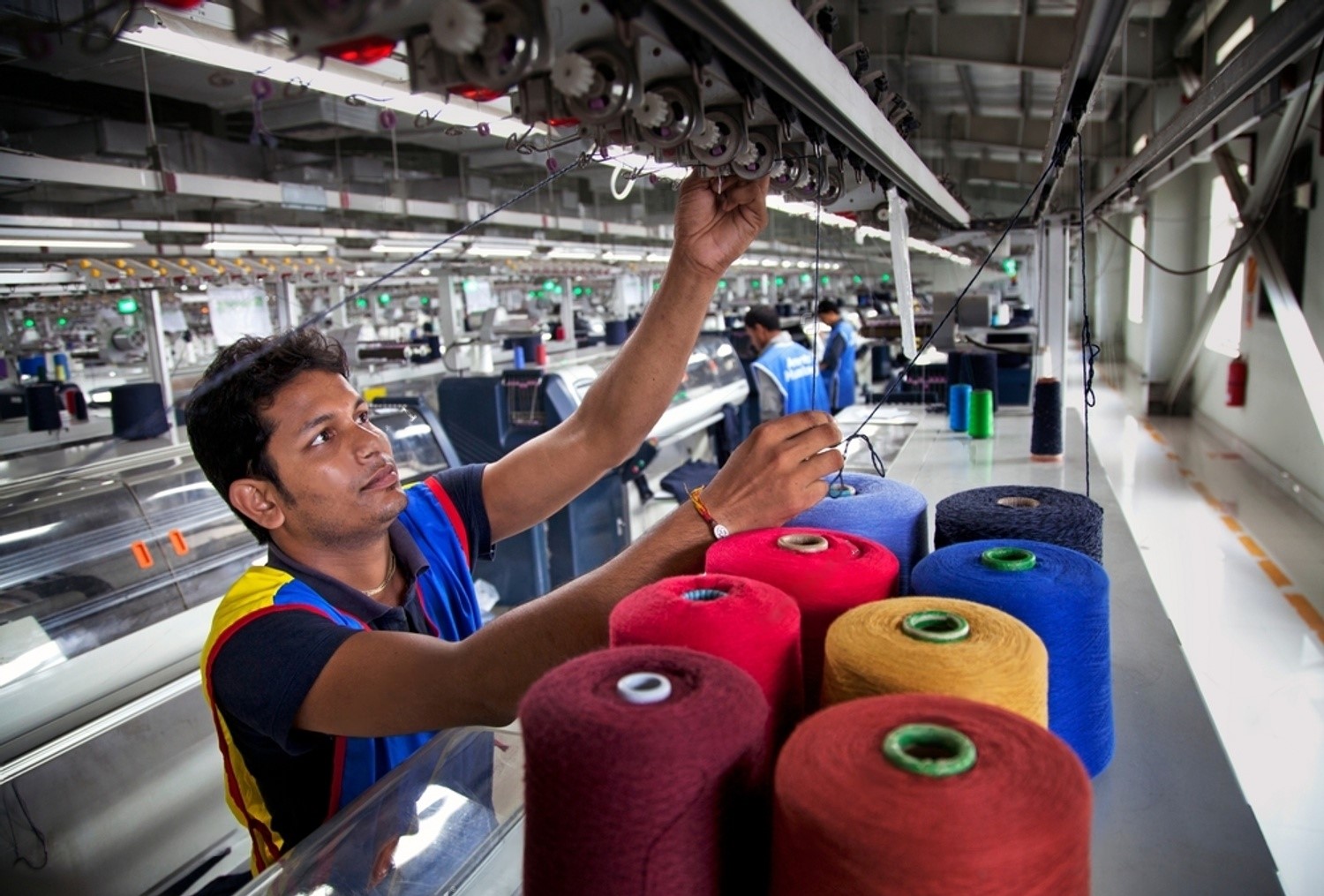
Vietnamese textile and garment factories are currently in muddy waters as they are facing lower-than-expected orders from key trading partners along with a decline in cotton and yarn, fabrics and textile exports over the last two months of September and October.
The fluctuations are however slight and analysts expect a better turn of events in the next quarter of the new year coming up soon. As per China-based CCF Group’s latest report, October 2022 stats point at Vietnam's cotton imports increasing 11.7 per cent year-on-year but there is a decline of 0.9 per cent month-on-month,. Fabric imports in Vietnam were lower by 3.3 per cent year-on-year and 5.8 per cent month-on-month. Vietnam's textiles and apparel exports increased 2.2 per cent year-on-year but dropped 0.8 per cent month-on-month.
“Uncertainties are running up to the end of the year, especially the Russia-Ukraine conflict and material price fluctuations. Enterprises are seeking ways to diversify material supply sources as well as export markets because when material sufficiency is ensured, they can boost shipments to many markets, thus helping guarantee production stability, supply chain, and sustainable exports,” Le Tien Truong, chairman of the Vietnam National Textile and Garment Group, according to Vietnamese media reports.
Factory workers bear the brunt
The main countries showing a steep drop in exports are China, South Korea, Japan, US and Europe. This is mainly due to rising inflation and other uncertainties. Rising inflation in the West and frugal Christmas celebrations over Covid years are driving orders down. The textile and garment makers in Vietnam have no control over this except reducing production costs by laying off some work-force. However, a devalued currency and cheap labour availability will enable global investors to snap up some bargains. Meanwhile, Vietnamese textile manufacturers remain in hope for the tide to turn as the European Central Bank forecasts the current inflation of 8.1 per cent will decrease to 5.5 per cent next year and a further drop to 2.3 per cent in 2024. Indeed, the worst affected are factory workers because with a slowdown in orders, many workers have had their hours and pay reduced or have lost their jobs. With already low salaries of around VND 8 million ($321) per month, as per recent numbers from the General Statistics Office of Vietnam, the slowdown will further increase poverty levels.
Bumper sales of the last quarter affected
Less work and lower pay will translate into Vietnamese making fewer purchases and this could impact importers revenues as well. The sale of luxury goods and garments had seen a huge growth in Vietnam earlier but is facing difficulties in the last quarter of this year and more is expected in the first quarter of 2023 due to the impacts of global weakening demand.
It is a matter of concern that the entire garment and textile sector has seen a huge decline as Vietnam is known globally to be the second-large exporter of ready-made garments with the sector employing around 2.5 million workers. The bumper sales in fourth quarter of the year with the onset of winter and the Christmas season have always seen the textile industry through leaner times. However, manufacturers remain in hope that the first quarter of 2023 will be a beacon of light with the global apparel industry finally recovering from the tighter consumer purse strings of Covid times.












